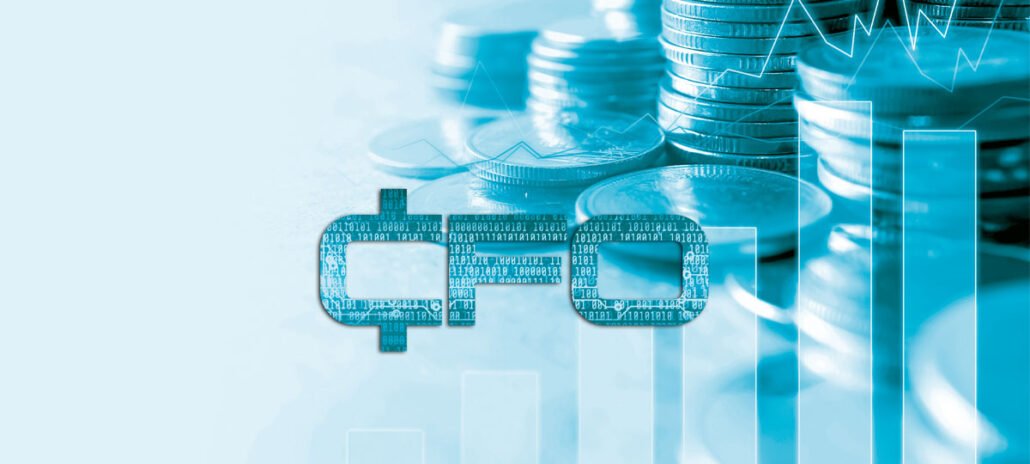XInvoice drives digitization forward


With XRechnung, Germany finally has a standard for the exchange of invoice data that defines the structure of an electronic invoice. The uniform format means that public sector contractors and donors can now automate their invoicing processes.
Since April 2020, all authorities, public clients and institutions must be able to receive the XInvoice format, and in November, invoices must now also be transmitted in the format on a mandatory basis. B2G companies that provide services for public institutions must have this on their radar if they do not want to face the loss of orders.
It is therefore time to prepare one's own ERP system for the requirements of automated invoice processing - legal requirements must be kept in mind and also the processing of country-specific XML formats in international invoice traffic. Various tools convert invoices from the ERP system into the XInvoice format and vice versa via standardized import or export interfaces.
Our tip: Focus on converting the invoice data to the XInvoice format and send it to the authorities by e-mail first. This can usually be implemented quickly - a quick win in the e-invoicing project. In the next step, companies can include other communication channels, such as the PEPPOL network (Pan-European Public Procurement OnLine), a network for the fully automated transmission of electronic documents.
The data is sent or received via a certified access point (PEPPOL Access Point). With a single connection, documents can be exchanged with all participants in all PEPPOL countries. This channel is particularly suitable for regular invoicing of public authorities: Because they are obliged to accept invoices via the PEPPOL network.
As a structured XML-based data format (UBL-XML), XInvoice is used to transmit invoice data. The country-specific specification for the XInvoice format is defined via the Core Invoice Usage Specification (CIUS). The invoice information itself cannot be easily interpreted by the user, as it is transmitted in the "technical" XML format.
With ZUGFeRD, another German but hybrid invoice format, things are different: It consists of a visual representation in PDF/A-3 standard and a machine-readable XML file. The latter is used to automatically post the electronic invoice in the ERP system upon receipt. In France, there is a counterpart to the structured data format ZUGFeRD Version 2, the Factur-X format.
The three formats ZUGFeRD, Factur-X and XRechnung are arbitrarily suitable for any purpose. As a recommendation for companies, it can be stated: German authorities as B2G invoice recipients require XInvoice - in B2B communication between wholesalers and their customers, ZUGFeRD (version 1) is currently predominantly used.
It can be assumed that the XInvoice standard will spread rapidly and will soon also be common in the B2B sector. Companies would do well to integrate the format into their business processes today - not only because the legislator requires it, but also because electronic and automated invoice processing speeds up processes considerably.
The advantages of digital invoice processing are obvious: invoices can be processed and paid more quickly, and the multitude of manual activities such as scanning or typing in data are eliminated. By saving paper, the carbon footprint improves and companies save on letter postage. With XInvoice, Germany is taking a big step toward digitization on a broad scale.





